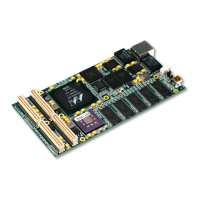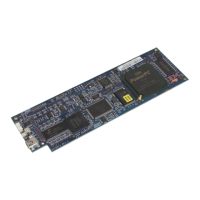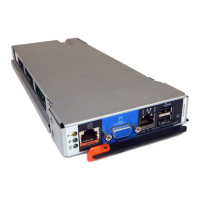SIGNAL is useful for testing execs or to provide an emergency course of action. It
should not be used as a convenient way to move from one place in an exec to
another. SIGNAL does not provide a way to return as does the CALL instruction
described in “CALL/RETURN Instructions” on page 57.
For more information about the SIGNAL instruction, see page 113, and z/OS TSO/E
REXX Reference.
IF expression THEN
SIGNAL Emergency
ELSE
instruction(s)
Emergency:
instruction(s)
Using Interrupt Instructions
Chapter 4. Controlling the Flow Within an Exec 59
